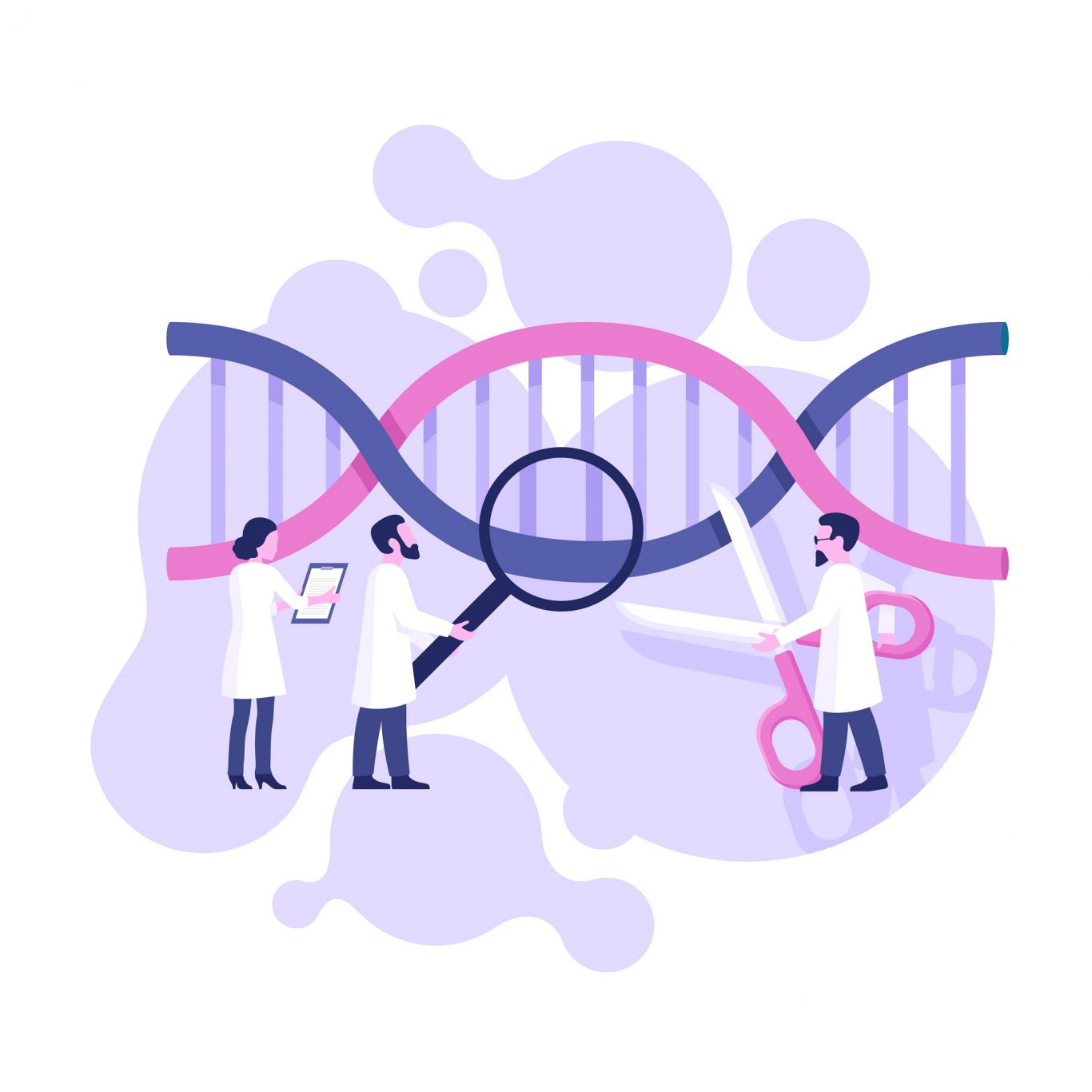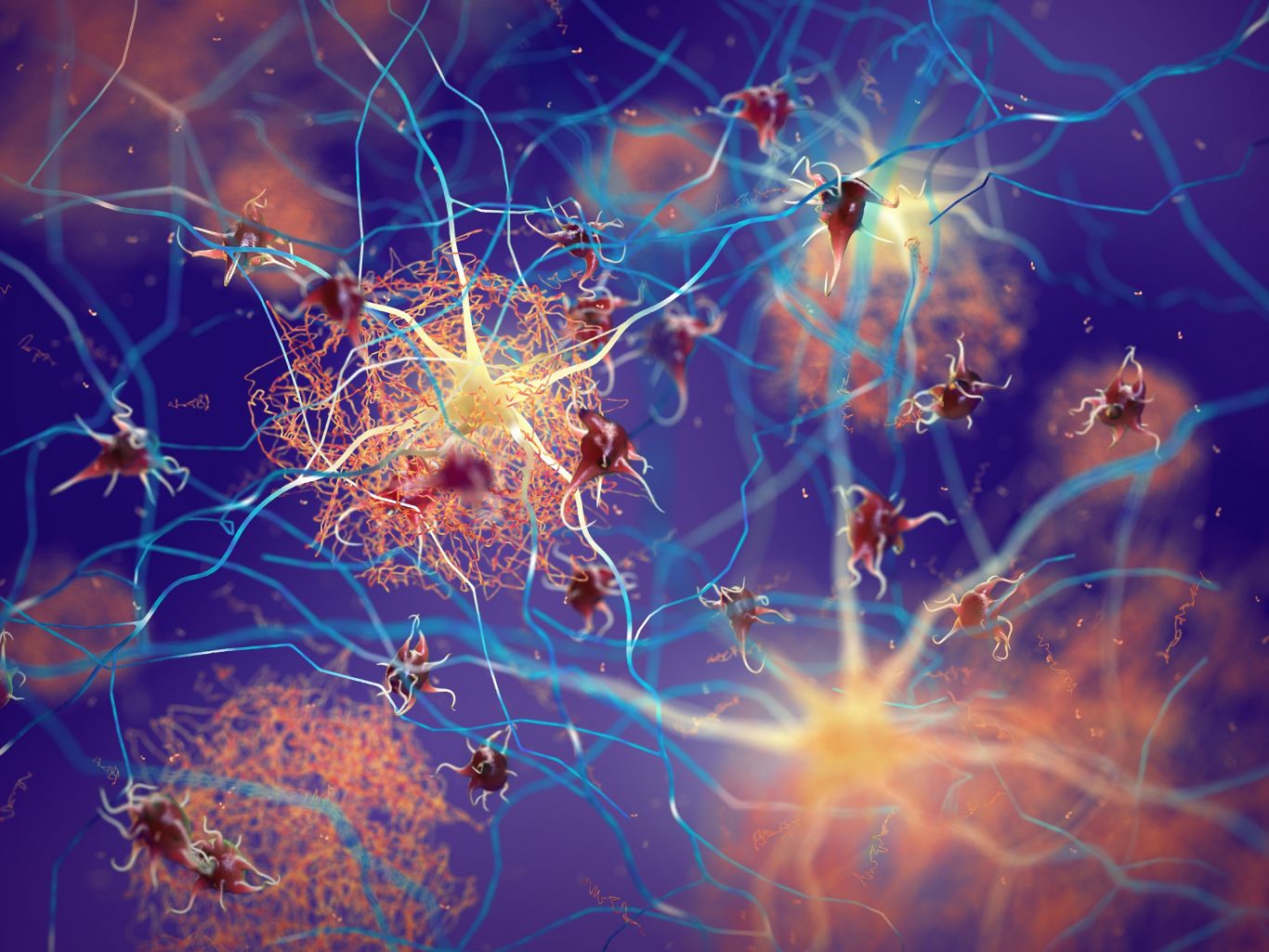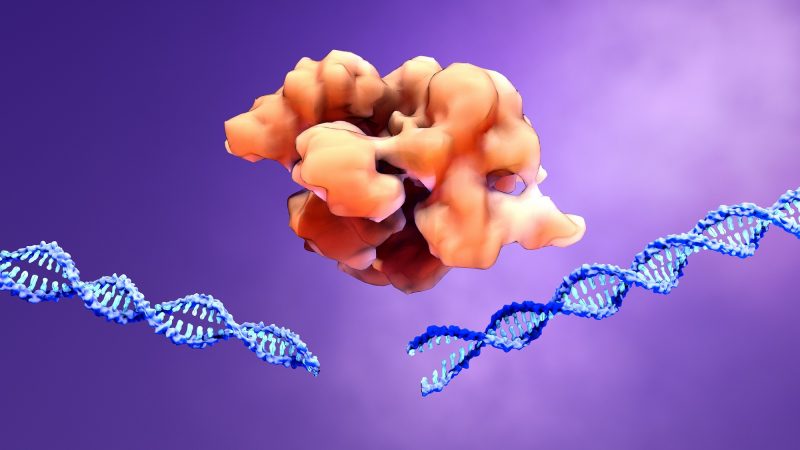Two women have been named winners of the 2020 Nobel Prize in Chemistry, the first time that has happened in the history of the prestigious prize. Dr. Emmanuelle Charpentier and Dr. Jennifer A. Doudna received the prize for their work on developing the Crispr/Cas9 genetic scissors that can alter the DNA of animals, plants and microorganisms.
Charpentier and Doudna created the tool by adapting a naturally occurring genome editing function used by bacteria to battle viruses. The bacteria can essentially slice the molecules of a virus, an ability the Crispr/Cas9 tool now brings to researchers who want to edit genetic code on any type of DNA molecule, not just viruses.
The tool is expected to have a revolutionary impact on life sciences, according to the Royal Swedish Academy of Sciences, which awards Nobel Prizes. This includes offering new cancer therapies and making “the dream of curing inherited diseases come true.”

The Potential Uses of Crispr/Cas9 in Treating Dementia
Gene editing also has potential in the investigation and treatment of age-related cognitive decline and those at increased risk of dementia and Alzheimer’s disease, according to studies.
A paper published in the Journal of Alzheimer’s Disease & Parkinsonism found that Crispr/Cas9 could be applied to genetic mutations that give rise to early onset Alzheimer’s disease or with those who have genetic factors that increase dementia risk.
Researchers at the University of Tokyo also have used Crispr/Cas9 to identify a factor in the build-up of amyloid beta proteins in the brain. Most experts agree that the cause of Alzheimer’s diseases involves the clumping of these proteins, called amyloid beta and tau, throughout a patient’s brain.

Experts at the University of Tokyo used Crispr/Cas9 to delete individual genes in mouse cells growing in a dish. They then measured how much amyloid proteins the cells grew. After testing 19,150 individual genes, they found one that made an impact. Cells without functional calcium and integrin-binding protein 1 (called CIBI) produced abnormally high levels of amyloid beta protein.
“Nobody knows why the deposition of amyloid beta occurs in Alzheimer’s disease patients’ brains, but we think a starting point of the process could be CIB1,” Professor Taisuke Tomita, leader of the research lab that performed the study, said.
Bacteria Provided the Key For The Revolutionary Crispr/Cas9
Charpentier is director of the Max Planck Unit for the Science of Pathogens in Berlin and Doudna is a professor at the University of California, Berkeley. The primary breakthrough of Crispr/Cas9 is it makes it possible to change DNA code in just a few weeks, a process that used to be time-consuming, difficult and sometimes impossible.
The road to creation of Crispr/Cas9 started with Charpentier, who studied Streptococcus pyogenes, a bacteria that ranks among the most harmful to humanity. Among the many infections caused by the bacteria include pharyngitis (sore throat), tonsillitis, scarlet fever, cellulitis (bacterial skin infection) and rheumatic fever.
Charpentier discovered a previously unknown molecule, called tracrRNA. The molecule, she learned, is part of bacteria’s ancient immune system and can disarm a virus by cleaving its DNA using an enzyme called Cas9.
In 2011, Charpentier published her findings and started working with Doudna, an experienced biochemist. The pair succeeded in recreating the bacteria’s genetic scissors in a test tube. They also were able to simplify the scissors’ molecular components, making them easier to use.
Then, in what the academy called “an epoch-making experiment,” the two reprogrammed the genetic scissors to recognize DNA from any molecule and succeeded in controlling it so that they could recut any DNA molecule at a predetermined site. Where the DNA is cut, the genetic code can be rewritten.
The creation of the Crispr/Cas9 tool led to an explosion of use in the scientific world. In addition to the research into Alzheimer’s disease and dementia, researchers have used the tool as a potential way to find a cure for sickle cell anemia, hereditary blindness, and cancer, according to the New York Times.
The tool also may help create new crops that are resistant to drought, pests and mold. Some have even used the Crispr/Cas9 as part of an effort to bring back extinct animals such as the woolly mammoth.
